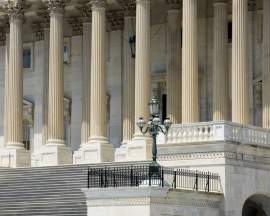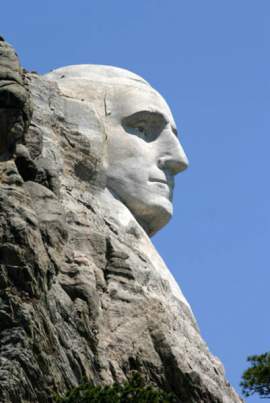
Understanding the History of the Supreme Court

Popular In Constitution
Purpose Of Lifetime Appointment And Pros And Cons Enumerated Powers Bicameral Legislature Background Article 3 Of The Constitution We The People 1st Amendment Who Wrote The Constitution Judicial Review Equal Protection Clause Three Fifths Compromise 10th Amendment 5th Amendment
The passage of the United States Constitution might be reasonably considered to commence the history of the Supreme Court of America, but the actual operation of the Court is only loosely addressed by the document. For that reason, Supreme Court history has been marked by evolving powers and procedures, enacted through the mandate of Congressional legislation or the example of the Supreme Court's own precedent-setting decisions. The first such milestone in Supreme Court history, and the beginning of the institution as a viable presence on the American political scene, came with the earliest Congressional legislation, enacted as the Judiciary Act of 1789.
Having been established in practical terms, the Supreme Court
first officially met on February 1, 1790, though travel delays prevented some
of the Justices from reaching the meeting point, the Merchants Exchange
Building in New York City, until the next day. In this first year of Supreme
Court history, however, the institution was not given over to hearing cases,
but rather to providing for future procedures and regulations for hearing
cases.
The following initial decade in Supreme Court history was marked by complaints of the institution's overly-limited purview. The Court was made up at this point of six members, with five Associate Justices in addition to the Chief Justice. The practice of "riding circuit" was then required of Supreme Court Justices, thereby mandating that they periodically leave their main duties behind to personally preside over cases in circuit courts.
The Justices had to render this
service at two points during the year in all of the circuit court districts.
This requirement would be maintained for the initial 101 years in the history
of the Supreme Court. Its abolition in 1891 came after a long series of
complaints by the Justices that this requirement was overly demanding. Earlier,
in 1869, the number of Justices had been decisively established,
after five changes, to the present-day number of nine.
There have been sixteen Chief Justices in the
history of the Supreme Court, under whose stewardship the Court has been taken
into different philosophical and political directions. That being said, the
length of these different phases in Supreme Court history have led the
institution as a whole to be noted, by both participants and outside observers,
for an essentially consistent legal culture.
The history of the Supreme Court has seen the participation of 97 Associate Justices, who join the Court on average after every 22 months and remain there for 15 years. Keeping in mind that the Court's commonly-accepted purpose is to rule on specific cases, not to render general policy, the consequences of Court decisions are often interpreted in terms of a right/left political divide.
The recent history of the Supreme Court, in particular, has been popularly interpreted from a political perspective, with the post-World War II Warren and Burger Courts being placed within the liberal climate of that time, while the Rehnquist Court is identified with the conservative tenor of the Reagan Administration, during which it began.
NEXT: What are the Constitutional Amendments?





















